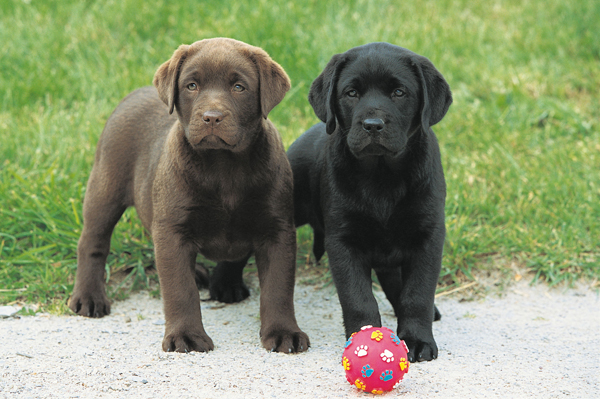
Training your new dog is an important stage in every owners’ journey and can be a great bonding experience. But training isn’t always a simple task, especially as a first-timer.
We spoke to Royal Canin for some helpful advice on how to train a puppy and some of the most common questions owners ask.
Why is it important to train my puppy?
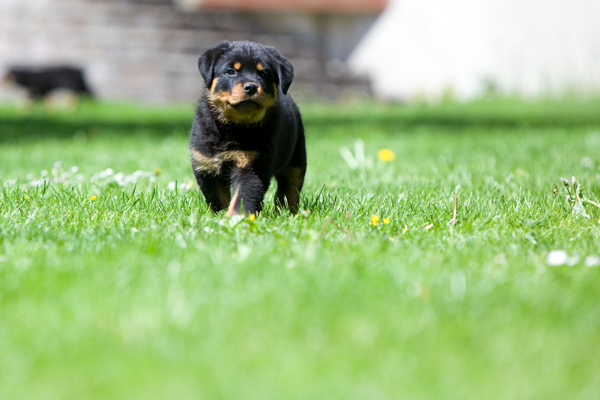
Puppy training is not only for your benefit as a dog owner. Training is also an important part of the healthy development of your puppy.
Research shows that, like children, puppies develop attachment styles to their caregivers. This attachment influences their emotional resilience and ability to learn. Training your puppy provides a healthy way to bond and practice communication. Training will also help build your puppy’s resilience as an adult and provide a positive association with learning.
It is important to look at training as an exercise in problem solving and communication rather than tricks and obedience. Promoting communication will help puppies and adult dogs cope with unfamiliar experiences like meeting new people, other pets and children, and develop healthy coping strategies.
It’s also been shown that dogs have greater neural plasticity than previously thought. You can teach an old dog new tricks after all!
What is the best method for training my puppy?
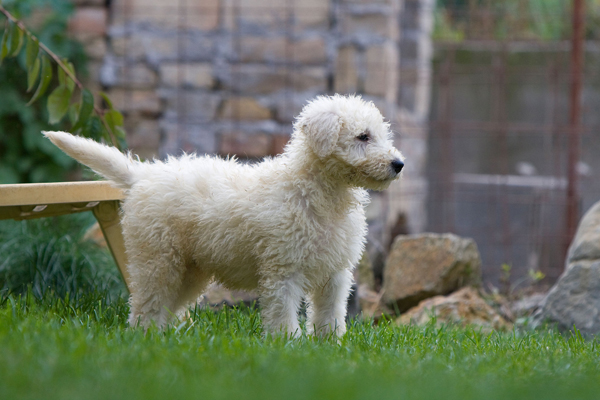
When training your puppy, the best way is always positive reinforcement. Positive reinforcement is universally viewed by pet experts as the best school of training. If you make a mistake, the worst outcome is fun and bonding with your new pup.
There are many methods to getting a behavioural response from your puppy. However, science shows that a negative emotional state can impair learning and memory. This makes punitive training less effective, and not to mention harder! . You can see ‘results’ through punishment, but it lacks motivation, and can create conflict and negatively impact your bond with your puppy.
Timing is everything when training! You should always try to give praise or reward as close to your puppy completing a desired behaviour as possible. For best results, keep training sessions short, and pick your timing. If your puppy has just woken up, or if they are hungry, getting them to focus will be challenging.
It’s also a good idea when providing positive reinforcement to use both high and low-value rewards. These can be as simple as food, praise or short bursts of their favourite game. Reward-based motivation is key to learning recognition and a good incentive for the training to continue. If your pet stops performing the requested behaviour, the reward might not be enticing enough! Just like us, pets need a ‘why’. Motivation looks different for everyone, but it must be there!
If using food or treats, make sure to accommodate for your pet’s calorie intake for the day. Mixing up the rewards by including praise or games can also keep your dog more engaged than if only high-value rewards are used.
We can apply these methods when explaining how to teach a puppy to sit. But, you can also use them for any behaviour with success. This includes the method for teaching a puppy to come or teaching a puppy to stay.
Be very cautious when looking for a behaviour trainer. There are no regulatory bodies for behaviour trainers in Australia. Also be mindful of credentials. Not all colleges awarding behaviour trainer certificates are using a scientific-based curriculum.
When is the best time to start training my puppy?
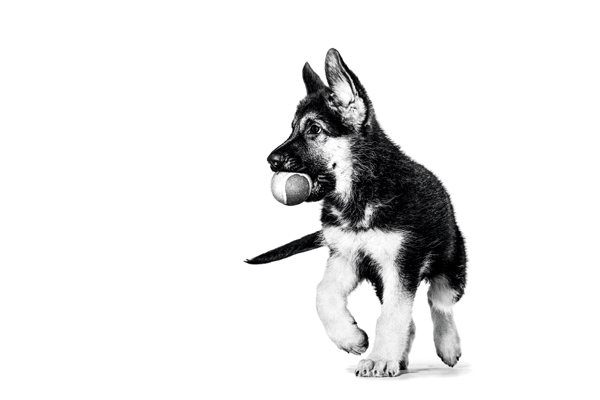
Fostering trust and safety with your puppy should begin from the moment you bring them home. No time is too early to start structured training.
As long as cues and communication are consistent and positive, there’s no time that is too early to begin structured training. Dogs have an excellent capacity to learn at a very young age.
Crate training, when done appropriately and patiently, can be helpful in creating a safe haven for your puppy. This can ensure their safety when you can’t supervise them.
Who should train your puppy?
Training your puppy is all about consistency and structure. One family member who can be consistent with training should be at all training sessions. But, all involved (including children) should understand the training methods and how to keep these the same for each session.
Anyone wanting to have a close attachment to the puppy can help with training, but be mindful of group size. It’s important to keep numbers small at each training session so as not to overwhelm the puppy!
Your primary trainer should dedicate themselves to positive reinforcement based training. A well-qualified trainer should not use ‘check chains’, ‘balanced training’, ‘corrections’ or ‘dominance training’.
How do I house train my puppy?
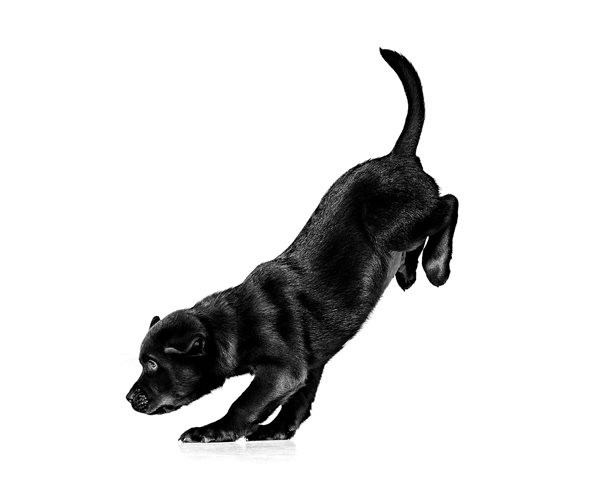
Some puppies are not house-trained when you first bring them home. Others who are can still have their routine disrupted by the move, meaning they need re-training. So prepare for some accidents to occur in their first few weeks!
House training will also be an adaptation for you, the owner. Accidents can happen due to lack of routine or communication that is confusing for the puppy. You shouldn’t be worried about this though, as your shared communication will develop over time.
To begin, you’ll need to work out the best place for the puppy to urinate and defecate. This should be somewhere that is easily accessible for them and not difficult to find. Making it accessible is very important, as it allows them an opportunity to practice toilet training when you aren’t there and succeed!
The best chance of quickly and accurately toilet training your puppy is frequency and routine. You should take your puppy out on a regular schedule. Do this after every meal, before bed and when you get up in the morning. These are the times their body is hard-wired to need to go.
It’s normal to get frustrated sometimes when things take longer than expected, but never reprimand your puppy. They won’t understand what they have done ‘wrong’ and this will only make them scared and less trusting of you. Instead, be sure to give immediate praise and positively reinforce desired behaviour.
Pets want to please, so be sure to see a veterinarian if there are issues with toilet training as their could be an underlying medical condition.
How do I teach my puppy to sit?
When preparing how to teach a puppy to sit, remember the below tips;
- Start by holding a treat or piece of kibble in front of your dog’s nose.
- Clearly say “Sit” ONCE, so they learn to couple the verbal cue.
- Lift the reward over the top of your dog’s head, keeping it low, to lure them into a sitting position.
- As your dog lifts their head to follow the reward, they should naturally sit.
- Try not to lure them to reach up/jump up for the reward.
- Reward your dog for performing the command. This should be as soon as their hindquarters settle into a proper ‘sit’.
- Rewarding too early can teach them to hover in a ‘squat’. Whilst a delay in reward may confuse them in what you have asked them to do.
- Once your dog starts to understand, the hand gesture & lure can start to be withdrawn.
- Try to give them an opportunity to hear the request “sit” and choose to respond before you consider repeating yourself.
Why is my puppy disobedient?
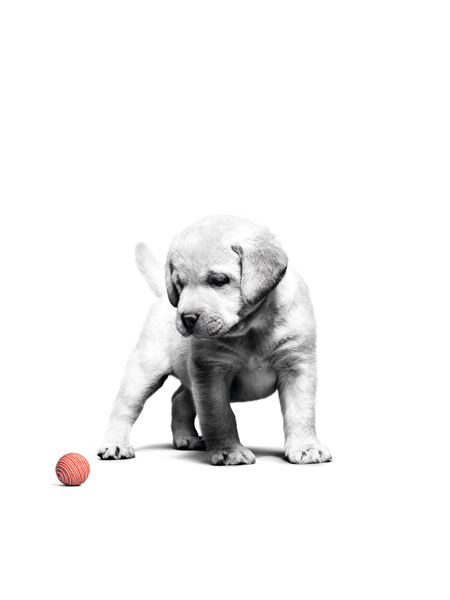
It’s easy to think that your puppy is disobedient if you don’t feel like your training is yielding results. Instead, try to think of your puppy as misunderstanding or unclear on social expectations, rather than disobedient. Remember, they are still learning … about everything!
Training always takes time, and sometimes we need to adjust our expectations. Patience is always key, and puppies usually fail to associate punishment with improper behaviour.
For many puppies in the early stages of life, some behaviours considered ‘unacceptable’ by humans are important in puppies’ learning. Instead of trying to stop this behaviour, find a suitable substitute that still allows for learning. Ask ‘Is the behaviour safe? Is it destructive? What is an appropriate alternative outlet for this need?’
Promoting learning behaviour safely: chewing
Chewing is the perfect example of a behaviour that can be substituted through training. Chewing items is a normal and important behaviour for puppies to engage with as it is how they learn about the world. It also helps manage teething pain, and loosen their deciduous (puppy) teeth, so their adult crowns can erupt without problem. This makes it a very important activity for any healthy puppy.
Chewing becomes a problem when puppies start to chew furniture, socks, shoes or other objects. This behaviour is unacceptable to most and can be unhealthy for their teeth and stomach as well.
To provide a healthy substitution, provide chew toys that your puppy can chew. Make sure to ‘puppy proof’ any areas to prevent chewing inappropriate items, and reward good behaviour. Calmly & quietly reward with ‘good boy/girl!’ if they engage or show interest in the chew toy without any prompting by you.
You will find their interest in less-desired behaviour and items to chew is much lesser when offered a fun and engaging alternative!
For best results, always use positive reinforcement training broken into short, frequent sessions. And be consistent in your training!
This article was co-created with Dr Chantelle McGowan, BVSc – Royal Canin.
Make sure your furry friend is always looked after at our DOGSLife Directory




this is very interesting and also a learning post.